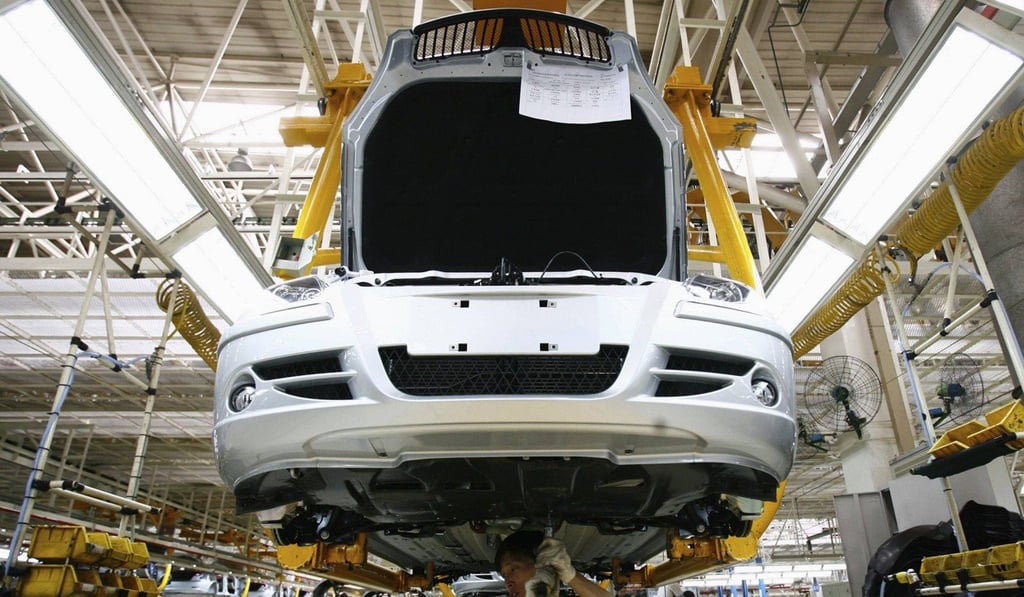Is China wise to bank on consumer spending to drive economic growth?
- Rising household debt levels and concerns about job prospects are threatening to derail Beijing’s grand plan, analysts say
- Short-term incentive schemes unlikely to offset negative impact of a slowing economy, ageing population

China has a grand plan to rebalance its economy by reducing its dependence on state-led investment and exports in favour of increased consumer spending. But after disappointing retail sales figures in recent months and a sharp rise in household debt, questions are being asked about the feasibility of Beijing’s ambitions.
According to the National Bureau of Statistics, in the first 11 months of 2018, retail sales – a measure of consumer spending that also includes government purchases – rose 9.1 per cent year on year to 34.5 trillion yuan (US$5.09 trillion).
However, based on calculations by the South China Morning Post, the actual growth figure was nearer 4 per cent. The state statistics bureau will release the full-year 2018 retail sales performance on Monday.
Given that China’s gross domestic product was estimated to have risen by 6.6 per cent last year, the data suggest that consumer spending actually weighed on growth rather than driving it. The official retail sales growth figure for November alone was the lowest for more than 15 years, at 8.1 per cent.

Meanwhile, last year also saw the first year-on-year decline in car sales for almost three decades and a revenue warning from iPhone maker Apple due to weak Chinese sales.
While the prevailing perception is that China’s 1 billion or so consumers have enough spending power to ensure near perpetual economic growth, Li Xunlei, chief economist at brokerage house Zhongtai Securities, said the figures needed to be put into context.